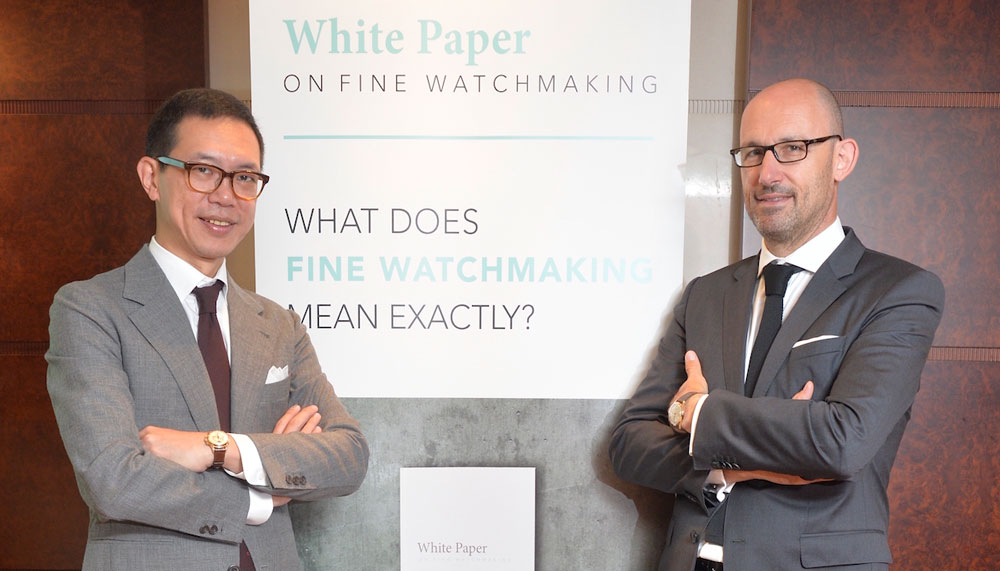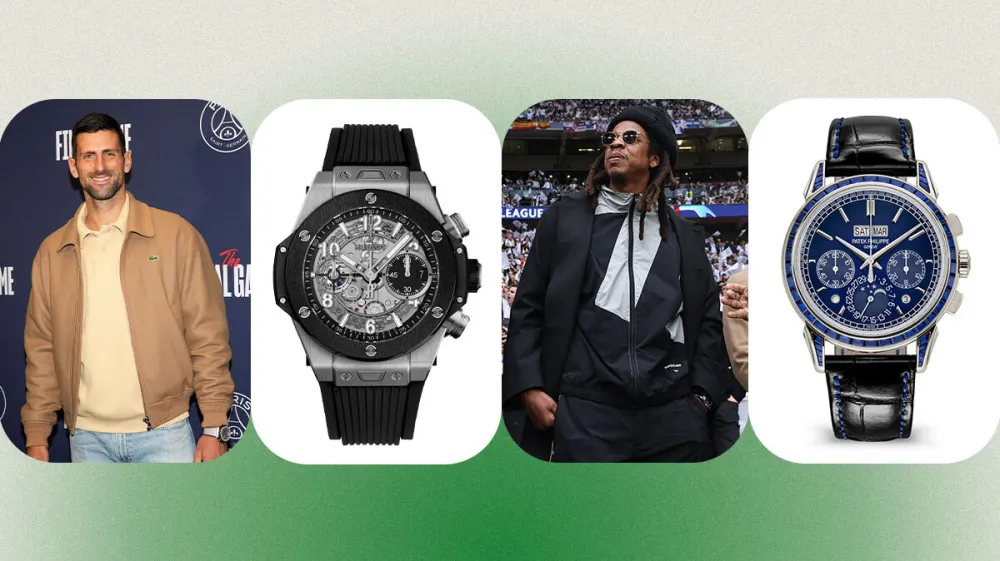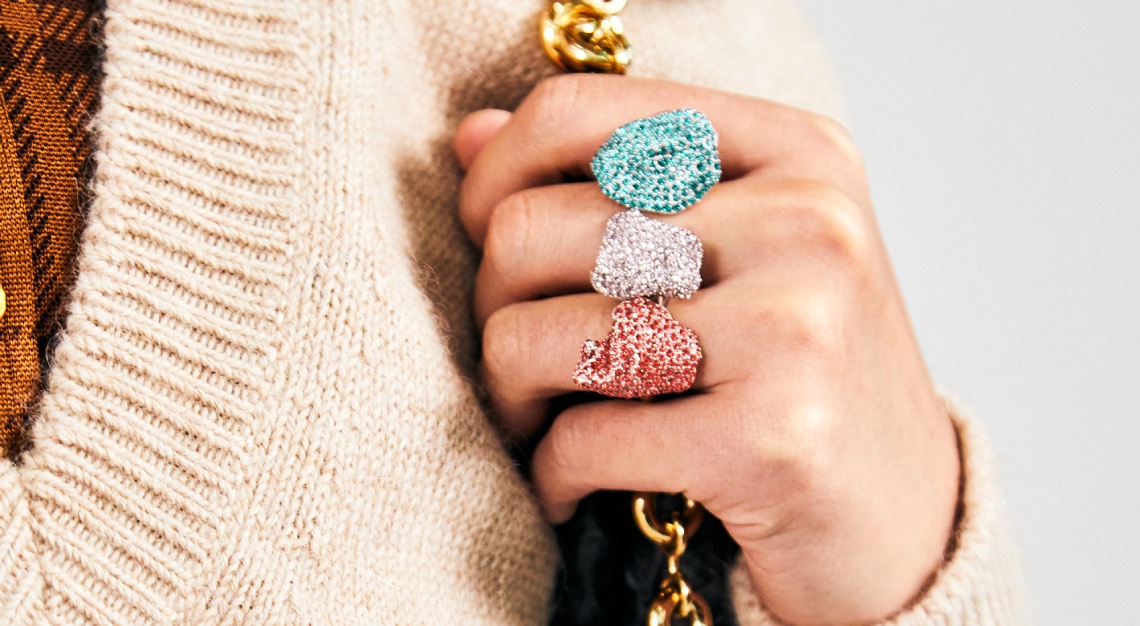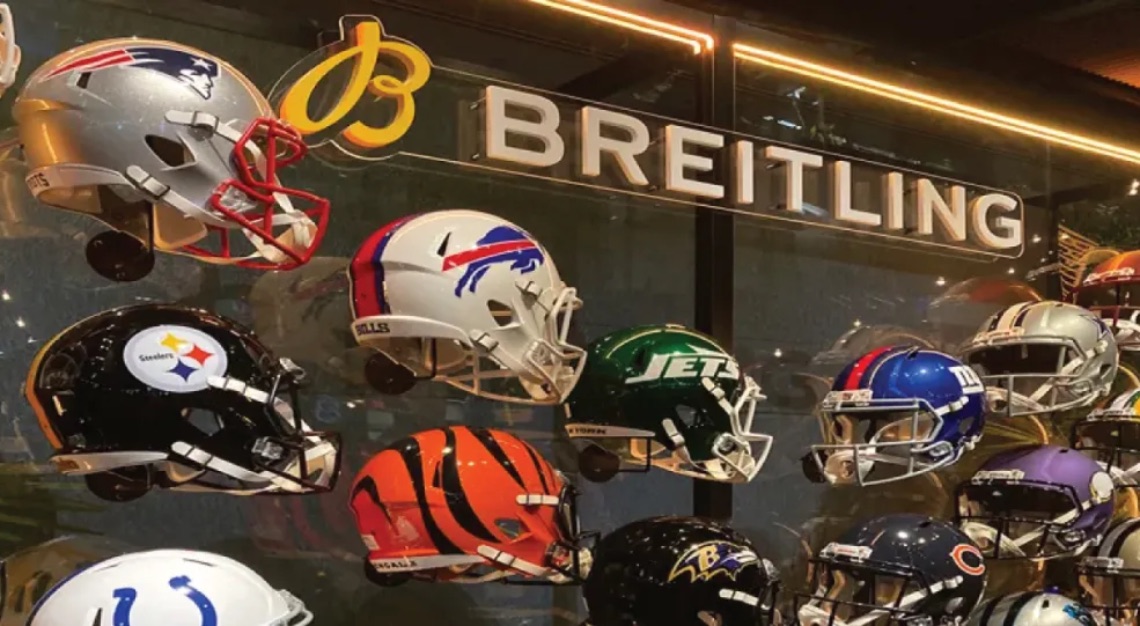quality control
The world of wines has its own set of quality assurance labels. In France, it’s the AOC (Appellation d’Origine Controlee). In Italy, it’s the DOCG (Denominazione di Origine Controllata e Garantita). The world of haute couture, too, has clear guidelines set by the Chambre Syndicale de la Haute Couture in Paris.
The world of luxury mechanical watches, by contrast, has never had an industry-wide standard to define Fine Watchmaking. Sure, there are quality seals like the Geneva Hallmark, the Qualite Fleurier, and the COSC certification. But the first two are specific to watches produced in Geneva and Fleurier, while the latter is a guarantee of precision.
And while there is no shortage of blogs, sites and forums dedicated to the subject of Fine Watchmaking, there was no non-partisan body to define the exact parameters. So in 2013, the Fondation de la Haute Horlogerie (FHH) – an institution best known for organising the annual Salon Internationale de la Haute Horlogerie (SIHH) – set out to answer the Holy Grail question: “What is a good watch?” by producing a White Paper on Fine Watchmaking.
To do so, they engaged 46 independent experts – historians, retailers, journalists and auctioneers – all of whom worked pro bono. The panel included The Hour Glass’s Michael Tay; Hodinkee founder Ben Clymer; noted watch journalist Elizabeth Doerr; and Carson Chan, the former Managing Director of Bonhams Asia. The results of this White Paper were revealed in Hong Kong last month. Here are the most important details gathered from that reveal.

Who is this White Paper targeted at?
The White Paper is meant as a guide for new collectors – people buying their first luxury mechanical timepieces, and who want the assurance that they’re buying a quality product.
Which brands made the cut?
Ah, probably the most important question on everyone’s mind. All of Richemont’s brands, with the exception of Baume & Mercier, made the cut. Rolex, Omega, Patek Philippe, MB&F and Urwerk are some of the other marques that passed muster. Missing from the lineup were Japanese or non-European powerhouses like Seiko; the FHH said they would be considered in the next round of evaluations. The full list of brands is here.
How were the brands rated?
The brands were assessed based on seven criteria: History/DNA; R&D, Production and Technical Expertise; Style/Design and Artistic Expertise; Brand Image/Communication; Distribution/After-Sales Service; Training; and Connoisseurs/Collectors. Each criterion was scored from one to 10, and the final score tallied up. A brand must score a minimum of 6/10 to be considered a Fine Watchmaking brand.
The top brand scored 9/10. The FHH was coy in revealing which brand it was, saying only that it was Swiss, not German. If we were to hazard a guess, it would be Audemars Piguet, Patek Philippe, Rolex or Vacheron Constantin.
Does this Fine Watchmaking classification supercede any other quality seal that a watch might have, such as the COSC or the Geneva Hallmark?
No. The classification is meant to complement, not conflict with, other hallmarks. So your COSC-certified Rolex or Geneva Hallmark-stamped Vacheron Constantin retain their seals, while also being classified as Fine Watchmaking timepieces.
Does the classification add value to a watch?
For sure, the classification adds prestige factor to a watch, as well as an assurance of inherent quality. That’s value. But whether or not it will impact the watch’s monetary value in the second-hand market is another story. Our take: probably not. A highly sought-after model will fetch a high price regardless whether it has the classification or not. Conversely, a less popular model will not fetch a higher-than-usual price simply because it has the classification.
Why now?
When the FHH was founded in 2005, it produced a Manifesto detailing the principles of fine watchmaking. But it wasn’t as precise as it needed to be. So in 2013, the FHH set out to create a neatly defined set of criteria once and for all. Getting all the experts on board, and going through several rounds of evaluations took three years.
Will the FHH be awarding official certs to the brands?
Some brands have already approached the FHH for an official cert, prompting the FHH to consider this possibility. The final outcome will probably not be a precise score – like a Robert Parker wine rating – but more like a sub-ranking similar to the classification of French wines – Premier Cru, Grande Cru etc.

Final note.
The FHH has admitted that the White Paper on Fine Watchmaking is still in its infancy, and that the evaluation process is an ongoing effort. Subsequently, evaluations will take place every two to three years. Stay tuned to this site for updates, but in the meantime, take a gander at the FHH’s official site.






